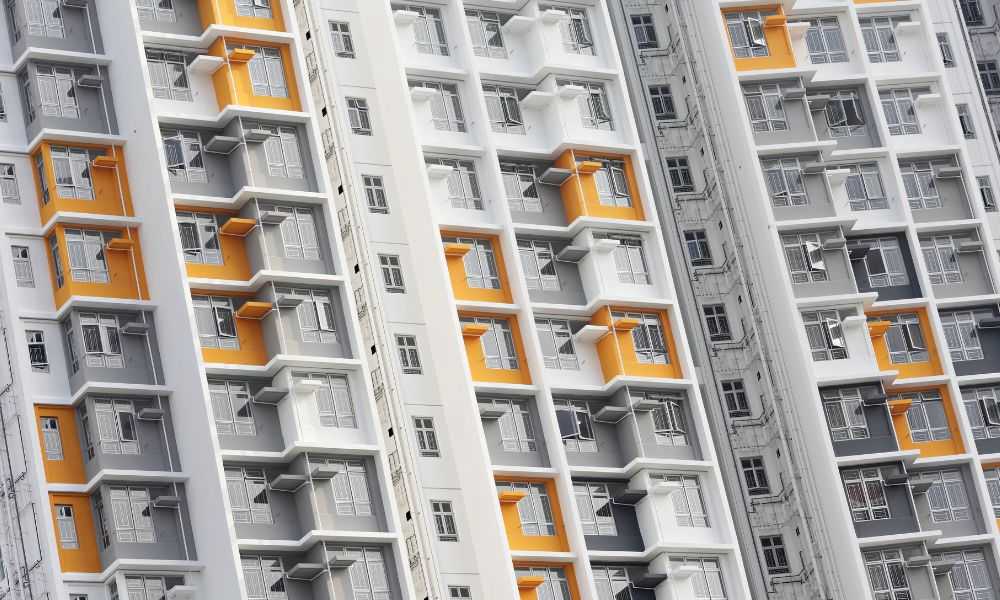Microunit Apartments: The New Frontier in Urban Living
Introduction: In the heart of bustling cities, a housing revolution is quietly unfolding. Microunit apartments, compact living spaces typically under 400 square feet, are reshaping urban real estate landscapes. This innovative housing solution addresses affordability concerns while maximizing space in densely populated areas. As cities grapple with housing shortages and soaring rents, microunits emerge as a potential game-changer in the real estate market.

Historical Context and Market Drivers
The roots of microunit living can be traced back to post-World War II Japan, where space constraints led to the development of compact housing solutions. In recent years, rapid urbanization, changing demographics, and evolving lifestyle preferences have fueled the resurgence of microunits in global cities. Millennials and young professionals, in particular, have shown a growing interest in these compact living spaces, prioritizing location and affordability over square footage.
Design Innovation in Microunit Apartments
Architects and designers are pushing the boundaries of creativity to make microunits not just livable, but desirable. Clever storage solutions, transformable furniture, and multi-purpose spaces are hallmarks of well-designed microunits. For instance, Murphy beds that convert into desks during the day, or kitchen islands that double as dining tables, maximize functionality in limited square footage. Some developments even incorporate shared amenities like coworking spaces, gyms, and rooftop gardens to compensate for the compact private living areas.
Financial Implications for Investors and Developers
From an investment perspective, microunits present an intriguing opportunity. While the cost per square foot is often higher than traditional apartments, the overall lower price point can attract a broader range of tenants. This potentially leads to higher occupancy rates and more stable rental income. Developers are finding that they can fit more units into a given plot, potentially increasing the overall return on investment. However, it’s crucial to consider local zoning laws and building codes, which may need to be adapted to accommodate these non-traditional living spaces.
Impact on Urban Planning and Development
The proliferation of microunit apartments is reshaping urban landscapes and challenging traditional notions of city living. Urban planners are reassessing zoning regulations to accommodate these compact dwellings, often in areas previously zoned for commercial use. This shift can lead to more mixed-use developments, potentially revitalizing underutilized urban spaces. Additionally, the high-density nature of microunit developments aligns with sustainable urban growth strategies, potentially reducing urban sprawl and promoting walkable communities.
Challenges and Criticisms of Microunit Living
Despite their growing popularity, microunits are not without critics. Concerns have been raised about the long-term livability of such small spaces and their potential impact on mental health. Some argue that microunits could lead to overcrowding and strain local infrastructure. There’s also debate about whether these units truly address affordability issues or simply create a new category of luxury micro-housing. Policymakers and developers must navigate these concerns carefully to ensure that microunit developments contribute positively to urban housing ecosystems.
The Future of Microunit Apartments
As urban populations continue to grow and housing affordability remains a pressing issue, microunit apartments are likely to play an increasingly significant role in the real estate market. Technological advancements in smart home systems and modular construction techniques may further enhance the appeal and efficiency of these compact living spaces. The COVID-19 pandemic has also sparked discussions about the need for flexible, adaptable living spaces, potentially accelerating innovations in microunit design.
Conclusion
Microunit apartments represent a bold reimagining of urban living, offering a potential solution to housing challenges in densely populated cities. As this trend evolves, it will be crucial for real estate professionals, urban planners, and policymakers to work together to ensure that microunit developments are well-integrated into existing urban fabrics. While not a panacea for all housing issues, microunits are carving out a significant niche in the real estate market, challenging conventional notions of home and potentially reshaping the future of urban living.





